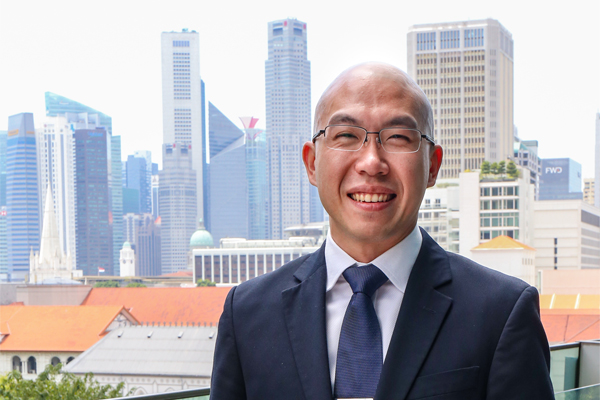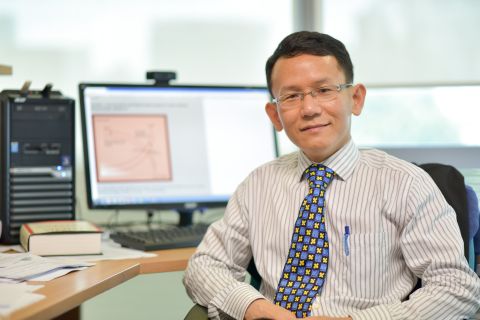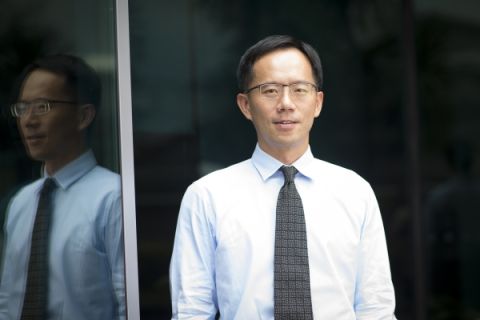
By Jovina Ang
SMU Office of Research & Tech Transfer– According to the Zero Waste Masterplan Singapore, around 60,000 tonnes of electronic and electrical waste or the equivalent of 73 mobile phones or 11 kilograms per person are generated every year in Singapore. While this figure is only one percent of the total waste generated in Singapore, it is twice the regional average in East and Southeast Asia. And Singapore is one of the top dumpers of e-waste according to a United Nations study.
A study conducted by Singapore’s National Environment Agency (NEA) revealed that only 6 percent of all e-waste is recycled while 35 percent is removed by the deliverymen. 26 percent is thrown away, 24 percent is traded-in and 9 percent is donated in Singapore every year.
The low percentage of e-waste recycling has been a concern of the Singapore government as e-waste is bad for health and the environment. All e-waste contains some amount of hazardous materials, ranging from heavy metals such as lead and mercury found in electronic goods to ozone-depleting chlorofluorocarbons and hydrochlorofluorocarbons found in refrigerators.
To reverse the trend, the Singapore Government has been looking to countries like Sweden and Denmark. These countries recycle 52 percent and 43 percent of their e-waste respectively. And these countries have adopted the “Extended Producer Responsibility” (EPR) strategy since the early 1990s and have proven EPR to be a reliable strategy for e-waste management.
The EPR strategy is an environmental protection strategy that puts the responsibility of the end-of-life product management on the producers of electronic and electric goods for take-back, recycling and disposal.
In 2019, the Singapore Government introduced the Zero Waste Masterplan with the aim of enforcing EPR laws by 2025. The EPR framework, which just came into effect on 1 July 2021, is the start of a nation-wide effort to reduce, recycle and reuse e-waste. It is a comprehensive framework that encompasses product design, material sourcing, production, product use, product collection and recycling.
Under the EPR framework, producers, as well as importers and retailers of electrical and electronic equipment (EEE), are accountable for the collection and proper treatment of e-waste.
To qualify and quantify the impact of the EPR framework, SMU Assistant Professor of Humanities Aidan Wong is collaborating with the Ministry of Sustainability and the Environment (MSE) on the project titled “Longitudinal study to quantify and qualify the impact of the EPR framework for e-waste in Singapore”.
Professor Wong, who is the Principal Investigator, informed the Office of Research and Tech Transfer: “This research is fundamental to our country’s e-waste management. It will give us five years of data on the effectiveness of the EPR framework.”
“The research will also help policy makers and the industry to figure out which party is responsible and pays for what aspect of the recycling supply chain,” he added.
The research
Given that the EPR framework is a newly introduced strategy for Singapore, Professor Wong has designed a five-year longitudinal study to ascertain its impact and effectiveness. He also intends to study the behaviours of the different stakeholders of the recycling supply chain from producers, importers, distributors, consumers to recyclers.
The three objectives of the research are:
- Evaluate the costs of the e-waste EPR framework by tracking and quantifying how the different costs are allocated to each of the stakeholder in the supply chain;
- Quantify the economic and environmental benefits of the e-waste EPR framework; and
- Track behavioural changes in the manufacturing, purchase and end-of-life treatment of electrical and electronic equipment (EEE).
“I am so pleased to be playing a key role in defining the strategy for e-waste management in Singapore. Other than driving this important outcome, I intend to study how the EPR framework can be used as a net benefit system to drive a positive economic and environmental impact from reducing, recycling and reusing e-waste,” Professor Wong shared.
“There’s also money to be made from recycling e-waste as materials like copper, iron, gold, silver and platinum can be extracted for reuse and reproduction of electronic and electric goods. Hence, e-waste is a treasure trove that needs to be tapped,” he added.
Back to Research@SMU Aug 2021 Issue
See More News
Want to see more of SMU Research?
Sign up for Research@SMU e-newslettter to know more about our research and research-related events!
If you would like to remove yourself from all our mailing list, please visit https://eservices.smu.edu.sg/internet/DNC/Default.aspx

